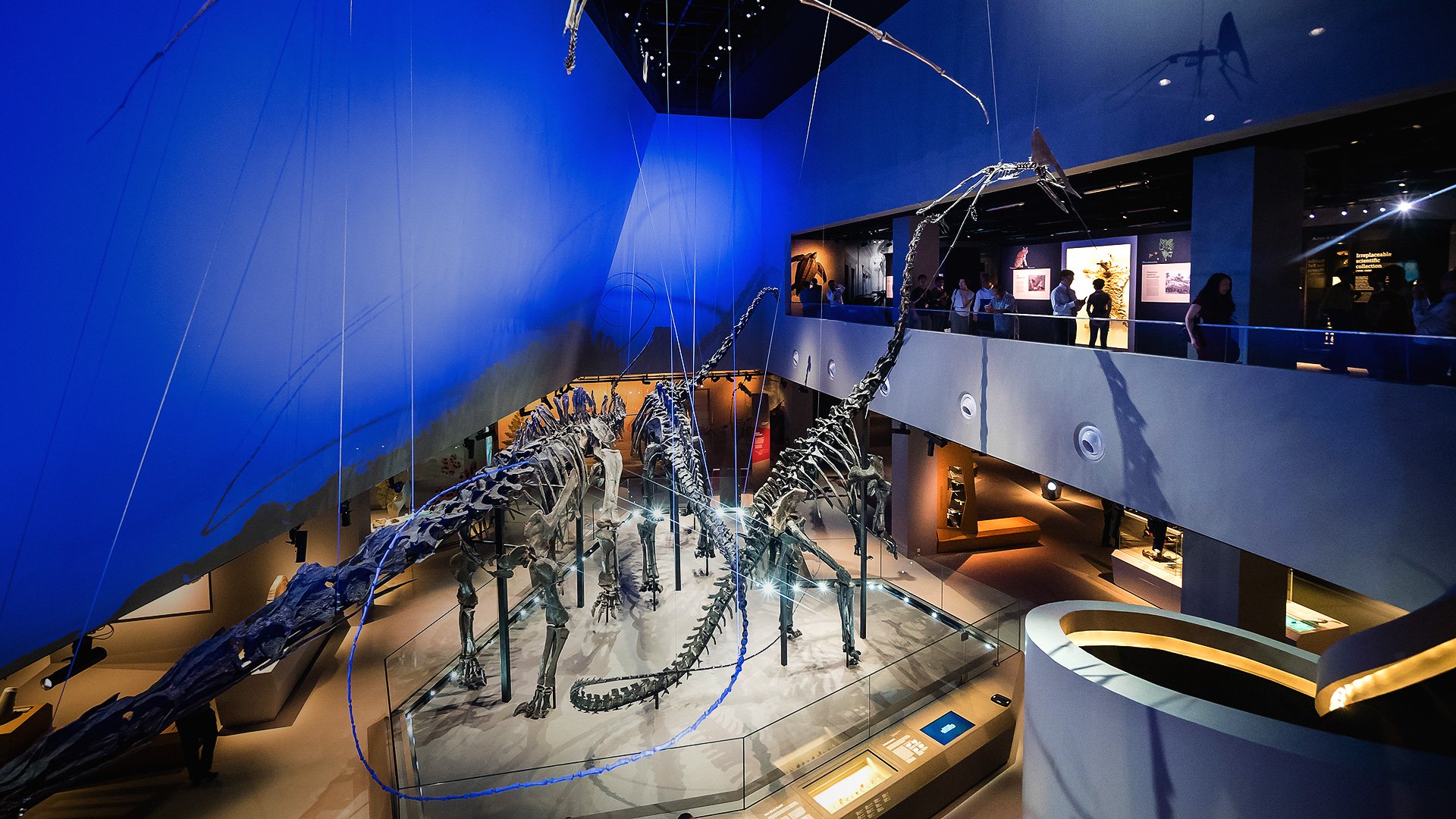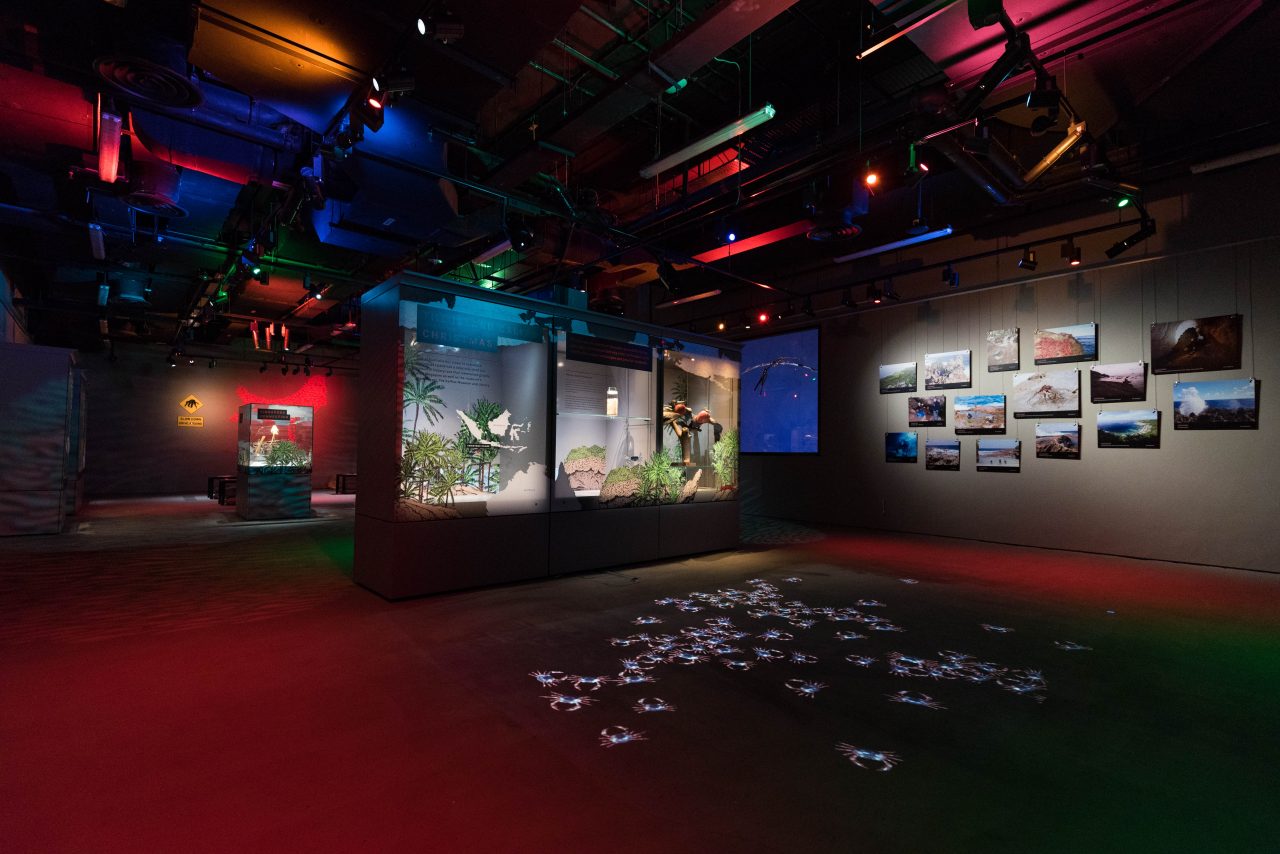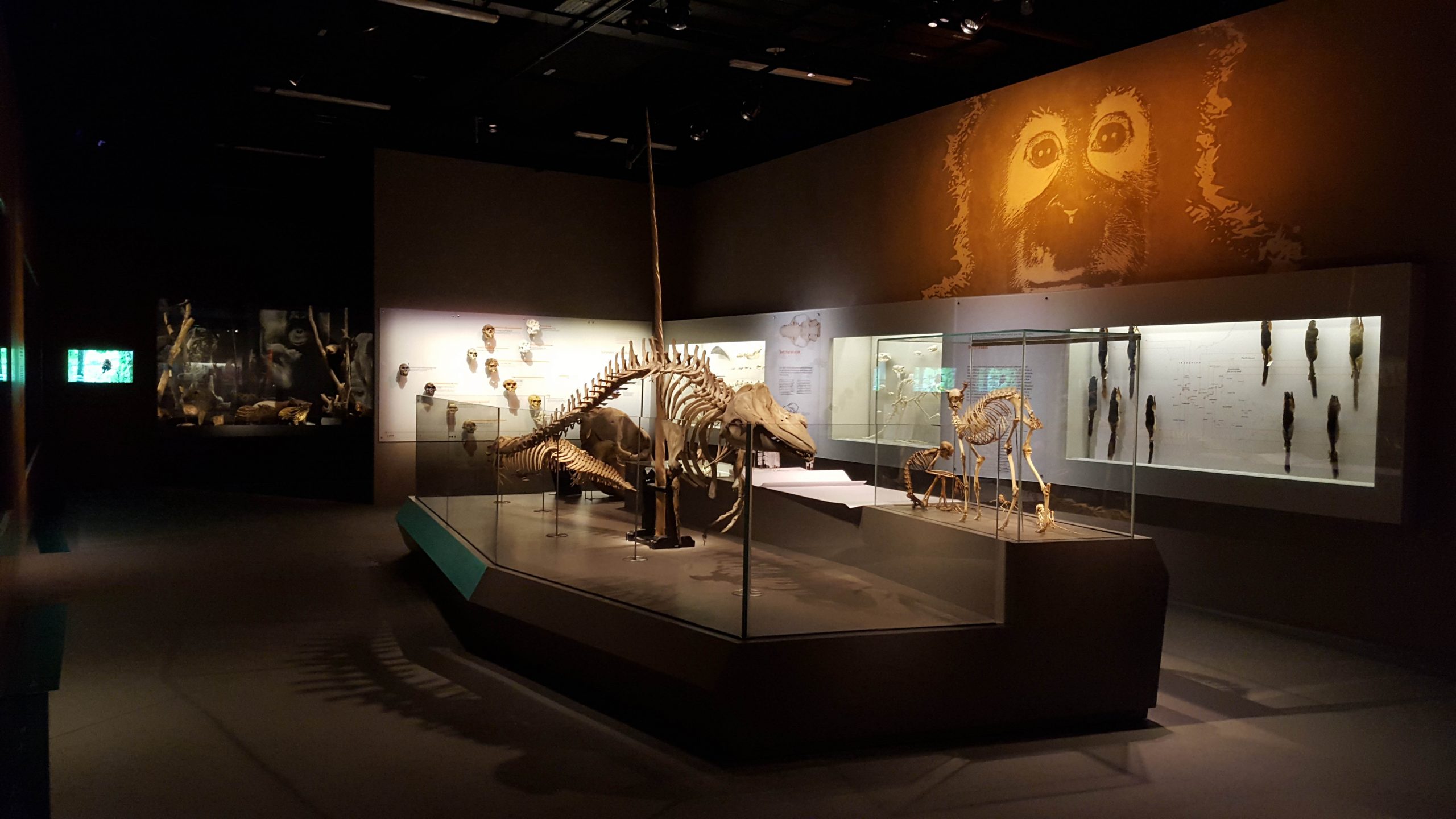Insects Misunderstood
Learn about insects and why they are misunderstood. In session 1 of the ‘Thursday Talk Shop’ series, Education Officers speak with insect-lover Mr. Foo Maosheng, curator of cryogenic collections at the Lee Kong Chian Natural History Museum (LKCNHM). We chat about how insects are being used to fight food waste (25:56), LKCNHM’s 3-week field expedition as part of the RIMBA-Sarawak collaborative project between the museum (NUS) and Sarawak (29:30), and also share some research findings from LKCNHM entomologists (32:50).
“It was incredibly educational and interesting. It further deepened my understanding of the insect kingdom and further highlighted certain misconceptions that people have of it,” said a participant, impressed by the guest speaker’s level of knowledge on the topic of insects. A student was so inspired that he took a picture of the sketch on the nervous system of the cockroach shared during the session, and intends to draw it in a science journal!
Here is the recording of this session:
Questions and Answers
Here are some questions that were asked during the session:
Maosheng, which is your favourite insect specimen at LKCNHM? Why?
The Pill cockroach (Perisphaerus sp.) is his favourite! Unlike the American cockroach which has a dark brown colouration, the colour of the pill cockroach is iridescent. They also exhibit sexual dimorphism, in which the male and female look very different. The male pill cockroach has a somewhat triangular body structure with wings, similar to the common cockroaches. The female has no wings, similar to the nymph of the common cockroaches, and has a hard and shiny armor-like exoskeleton (outer covering). The female pill cockroaches are able to roll into a ball when threatened, earning its name Pill Cockroach. We also do have these pill cockroaches in Singapore. One interesting fact about them is their ability to suckle their young!
Recently there have been many more sightings of greater banded hornets all around Singapore than usual. Any idea why?
The increased sightings may be to do with reduced human traffic and increased casual observation during the Circuit Breaker period. Vespa tropica (the greater banded hornet) in Singapore are known to nest usually in tree hollows or subterranean cavities, sometimes even in crowns of trees above ground. They typically prefer to fly discreetly high in the trees and/or close to cover. An alternative explanation for the increased sightings could be that this period of time coincides with breeding season when queens emerge, for this species.
With regard to bee flies, do they just eat their unhatched siblings or other unhatched eggs they come across too?
In general, they will either eat other species’ eggs or larvae. The adult females usually lay the eggs in the vicinity of other insects’ nests, so the larvae can prey on other eggs or young larvae. For the Bee Fly (Anastoechus nitidulus), it feeds specifically on the eggs of a grasshopper (Calliptamus sp.). These eggs are fertilised, meaning there are embryos present. So that is why bee fly larvae are known as baby eaters!
Why do termites eat furniture?
Termites are known to break down cellulose material such as wood. They have the bacteria in their body to help digest and break down cellulose for energy and nutrients. Some furniture is made of wood, which is ideal for some termites. These termites that feed on the furniture are usually the pest species. Among the diverse species of termites, only a few species are the pest species.
Why are insects attracted to light?
Most insects use lights to navigate. In the natural environment, they use natural lights such as the moon and stars to navigate. Artificial lights such as light bulbs will therefore attract these insects and confuse them at the same time.
How do mud dauber wasps move so much mud and harden?
The female mud dauber wasp uses her mandible (jaws) to scrape up the mud from the ground and roll them into a ball. She then brings these balls of mud to the nest site. To build the nest for her young, she presses the mud together and smooths it out just before it dries and hardens.
What attracts wasps to come into the house to build their nest? And they will keep coming back to the same nest. Is it safe to remove their nest so that they won’t come back?
Wasps that nest in houses are usually paper wasps. The crevices, cracks and corners often present in houses provide a safe/sheltered and warm nesting environment that appears attractive to these wasps.
Whether it is safe to remove the nest depends on how big the colony is –if there are hundreds of individuals housed in one nest, removing it without professional help is not recommended. If it is small enough to be removed by a non-professional, it is advisable for the remover to use insecticide and have protective gear against possible stings from the provoked wasps. Removing the nests does not guarantee that the wasps won’t return.
Are insects really food for the future?
Insects as a food source could be one of the solutions for the global food crisis in the future. Insects are an environmentally sustainable food source as they produce much fewer greenhouse gases, use less land, water and feed as compared to meat production. Edible insects are also a source of protein and have a high nutritional value. However, the biggest challenge would probably be the negative attitude towards eating insects, should they become a common food source in the future!
How can we reimagine our relationship with insects? And can more be done in our education system to better appreciate and sensitize ourselves to insects and the climate they reside in?
Yes, education is crucial to better appreciate the insects around us. Understanding the basic biology of insects and knowing which ones are harmful and which ones are not may help. Furthermore, knowing how to mitigate a potential threat/harm can help alleviate fear towards insects. When we understand and learn about nature that is around us, we are more likely to appreciate them better. Reimagining our relationship with insects is challenging but it can be done through education and exposure. You could also visit LKCNHM to learn more about insects!
How are pests classified and how does this make us rethink our relationship with these insects? For instance, bees are sometimes seen as pests but they are important to us.
Pests are organisms that have negative effects on humans or other human-related concerns (e.g. crops, livestock etc.) Furthermore, the definition of pest is subjective as different people have different views and perceptions on different organisms. The example of bees being perceived as pests is a good example. We know that bees are important to us but when these bees cause nuisance to people, they are considered pests. This is why education is important to inform people that bees are important pollinators and there are appropriate, harmless means to relocate them should they cause inconvenience to people in certain situations.
Relevant Links
- To read up more on the pill cockroach: https://lkcnhm.nus.edu.sg/app/uploads/2017/04/sbr2013-025.pdf
- To read up more on the black soldier fly project: https://lkcnhm.nus.edu.sg/black-soldier-flies-war-food-waste/
- To read up more on RIMBA-Sarawak Collaborative Project: https://lkcnhm.nus.edu.sg/road-rimba-preface/
- To read up more on the sightings of 2 species of flower flies: https://www.straitstimes.com/singapore/bicentennial-buzz
- To read up more on the new species of trap-jaw ant discovered in Singapore’s mangroves: https://news.nus.edu.sg/research/new-species-intertidal-trap-jaw-ant-discovered https://zookeys.pensoft.net/article/38968/




